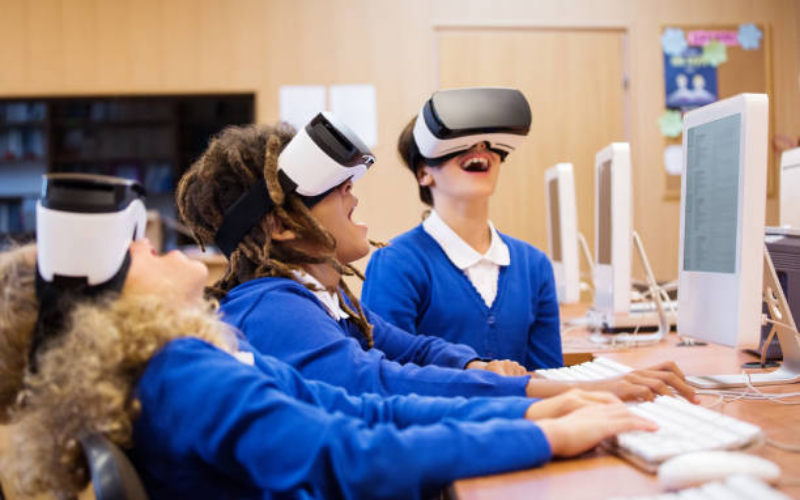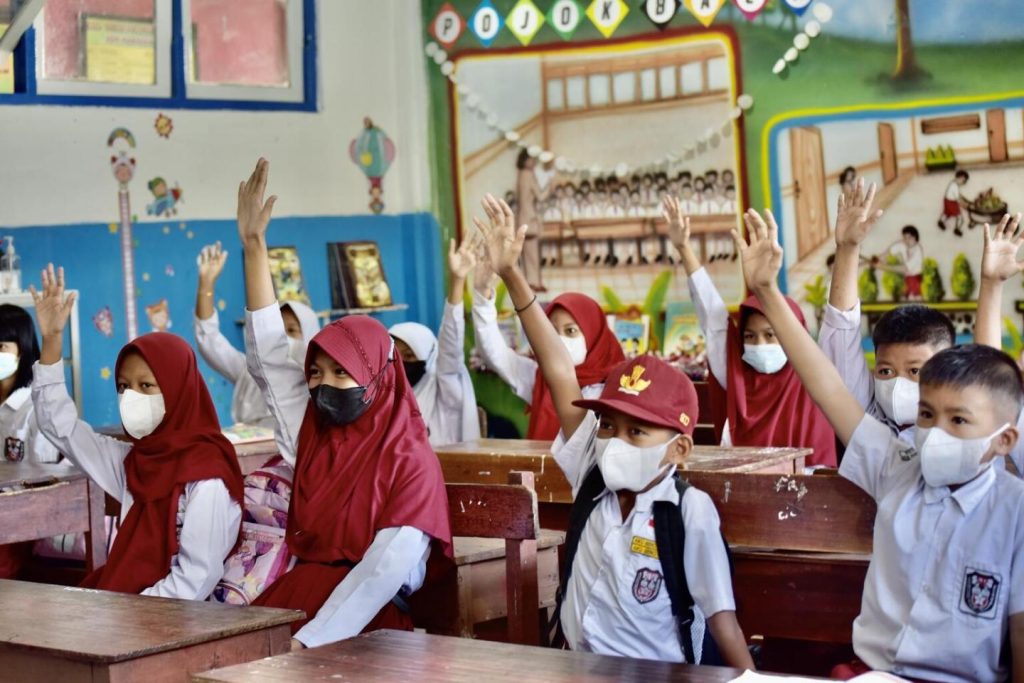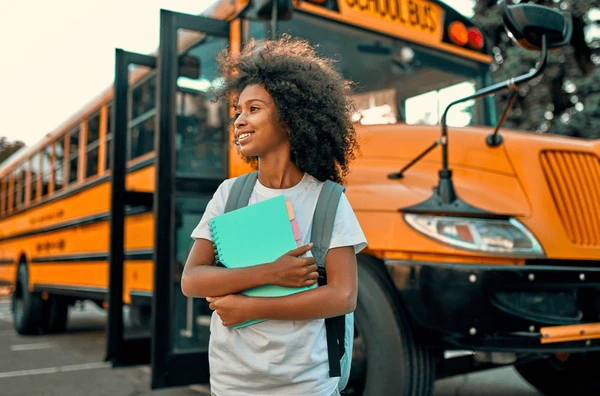In an era where information flows rapidly, staying informed about the latest school news and educational developments is essential for educators, students, and parents. Trends in education reflect broader societal shifts and advancements in technology, influencing how knowledge is delivered and acquired. Understanding these trends is crucial for fostering effective learning environments.
This article explores key trends in education, incorporating recent news and knowledge that impact schools, educators, and students.
Key Trends in Education

- Personalized Learning:
- Personalized learning tailors educational experiences to meet individual student needs. Recent news highlights schools implementing adaptive learning technologies that adjust content based on student performance, fostering engagement and ownership of learning.
- Technology Integration:
- The integration of technology in classrooms has transformed educational practices. For instance, many districts are adopting blended learning models, combining in-person and online instruction. This trend is supported by recent studies showing improved student outcomes through technology-enhanced learning.
- Social-Emotional Learning (SEL):
- With growing awareness of mental health, schools are increasingly incorporating SEL into their curricula. Recent reports emphasize the importance of SEL programs that focus on emotional intelligence and resilience, helping students navigate challenges effectively.
- Project-Based Learning (PBL):
- Project-based learning emphasizes hands-on, experiential learning through real-world projects. Recent educational news showcases successful PBL initiatives that encourage critical thinking and collaboration, preparing students for future challenges.
- Flipped Classrooms:
- The flipped classroom model has gained traction, allowing students to engage with instructional content online at home. Recent studies indicate that this approach fosters active participation and deeper understanding of concepts during in-class activities.
- Inclusive Education:
- Inclusive education aims to provide equitable opportunities for all students. Recent legislation and school policies focus on accommodating diverse learning needs, ensuring that every student has access to quality education and support.
The Role of Technology in Education
- Online Learning Platforms:
- The rise of online learning platforms has revolutionized education, providing access to a wealth of resources. Recent news highlights how these platforms facilitate remote learning, offering flexibility for both students and educators.
- Artificial Intelligence (AI) in Education:
- AI technologies are being integrated into educational tools to enhance personalized learning experiences. Recent developments showcase AI’s ability to analyze student data, providing insights that help educators tailor instruction.
- Virtual and Augmented Reality (VR/AR):
- VR and AR technologies create immersive learning experiences. Recent examples include schools using VR to simulate historical events, enhancing engagement and understanding of complex subjects.
- Gamification:
- Incorporating game elements into educational activities motivates students. Recent studies show that gamification can improve student engagement and learning outcomes, making education more enjoyable.
Addressing Mental Health and Well-Being
- Mental Health Awareness:
- Schools are increasingly recognizing the importance of mental health. Recent initiatives focus on raising awareness and providing resources to support students’ emotional well-being.
- Counseling and Support Services:
- Many schools are expanding counseling services to address mental health needs. Recent news reports emphasize the importance of trained professionals in helping students navigate challenges and stressors.
- Mindfulness and Stress Reduction Programs:
- Mindfulness practices are being integrated into school curricula to promote relaxation and focus. Recent studies indicate that these programs help students develop coping skills and improve overall well-being.
Trends in School Environments
- Flexible Learning Spaces:
- The design of school environments is evolving to support collaborative learning. Recent inca berita highlights schools reimagining classrooms with movable furniture and open layouts to foster interaction and creativity.
- Outdoor Learning:
- Outdoor learning spaces are gaining popularity as educators recognize the benefits of nature on student well-being. Recent initiatives include schools creating gardens and outdoor classrooms to enhance the learning experience.
- Sustainable Practices:
- Sustainability is becoming a focal point in school operations. Recent developments show schools adopting eco-friendly practices, such as energy-efficient buildings and recycling programs, to promote environmental stewardship.
The Impact of Global Events on Education
- COVID-19 Pandemic:
- The COVID-19 pandemic has significantly impacted education, accelerating the adoption of online learning. Recent studies highlight how schools adapted rapidly to remote instruction, emphasizing the importance of flexibility and resilience.
- Equity and Access:
- The pandemic exposed disparities in educational access. Recent initiatives aim to address these inequities, providing resources and technology to ensure all students can thrive.
- Global Collaboration:
- Global events have fostered increased collaboration among educators. Recent conferences and webinars focus on sharing best practices and resources to navigate the evolving landscape of education.
Conclusion: Staying Informed and Engaged
Keeping up with the latest school news and educational developments is essential for educators, students, and parents. By understanding current trends and embracing innovative practices, we can create effective and inclusive learning environments.
As education continues to evolve, staying informed about emerging trends will empower stakeholders to make informed decisions that enhance the educational experience. By fostering collaboration, promoting well-being, and embracing technology, we can shape a brighter future for education.
In summary, the landscape of education is constantly changing, influenced by societal shifts and technological advancements. By remaining engaged and adaptable, we can ensure that educational practices evolve to meet the needs of all learners in an ever-changing world.
Read Also About Curriculum mapping is a strategic process used by educators to align curriculum, instruction, and assessments with desired learning outcomes.


